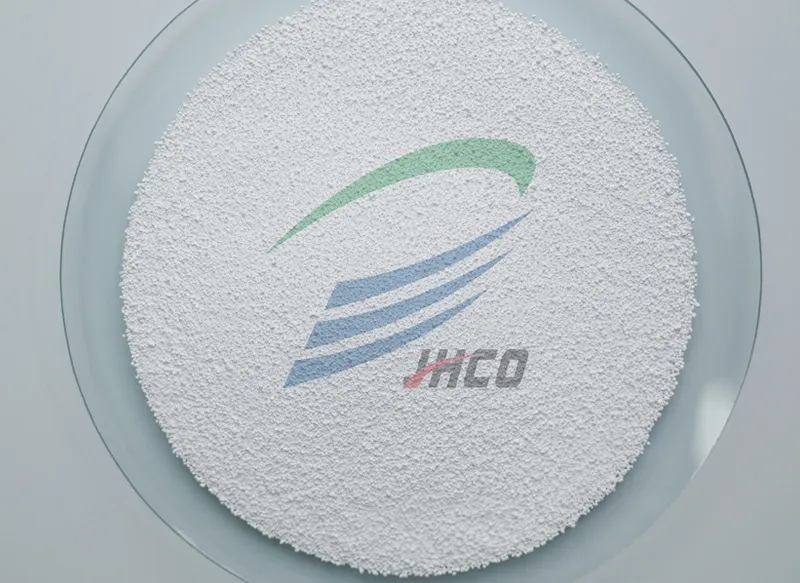Contact now:info@jameschem.com
Teeth whitening and hair dyeing
We keep pace with the world and innovate our past today’s problems through customer needs and wants, to be part of tomorrow's solutions.
We keep pace with the world and innovate our past today’s problems through customer needs and wants, to be part of tomorrow's solutions.
 |
|
Make your Smile Shine Bright like a Diamond
• Since its introduction in early 1989, there has been significant interest among the dental profession and the general public for home-use tooth bleaching products and methods. Typical dental bleaching compositions as follows:
• Carbamide peroxide CO(NH2)2⋅H2O2(5~20%,w/w),which is a complex of urea and hydrogen peroxide. • Sodium perborate |
|
• The most commonly used dental bleaching agent is carbamide peroxide, also called urea hydrogen peroxide, hydrogen peroxide carbamide, and perhydrol-urea. Carbamide peroxide has been used by dental clinicians for several decades as an oral antiseptic. Tooth bleaching was an observed side effect of extended contact time.
• An advantage of perborate-based bleaching agents rather than aqueous hydrogen peroxide or carbamide peroxide is that perborates are allowed for dental bleaching procedures in some countries that do not permit the use of aqueous hydrogen peroxide and carbamide peroxide for dental bleaching. Perhaps perborate compounds are more gentle on surrounding gums and tissues compared to either aqueous hydrogen peroxide or carbamide peroxide.
• Nevertheless, perborates were found to be unstable when blended with carboxypolymethylene, which is the tackifying agent of choice in the vast majority of home bleaching kits presently on the market. For this reason, a tackifying agent that is stable in the presence of perborate bleaching agents has been developed, which comprises a mixture of a suitable polyol and a finely divided gel-forming particulate such as fumed silica, otherwise known as silica fume. |
An Example of Dental Bleaching Composition
Below is a sample dental bleaching composition that combines the following main ingredients (in weight percent).
|
Anhydrous propylene glycol 45.3%
|
Fumed silica 20%
|
Sodium perborate monohydrate 25%
|
 |
|
Chemicals in Teeth Whitening Treatment
• Sodium perborate is commonly found as an active ingredient in teeth whitening treatments. Sodium perborate also plays an important role in some tooth bleaching formulas for nonvital root-treated teeth. The compound is inserted in the root canal and left in place for an extended period of time to allow it to diffuse into the tooth and bleach stains from the inside out. The key active ingredient in most denture cleaners includes sodium perborate as well.
• In addition, calcium peroxide and magnesium peroxide can also be used as teeth-whitening products.
|
Chemicals in hair dyeing:
• Magnesium peroxide and sodium perborate can be used for hair dyeing.
*Please contact our service consultant for more details.
|
James Chem,Your Trusted Partner
We not only have standardized products but also provide a one-on-one customized solution. No matter what challenges we meet, we solve them together. Should you have any questions or needs related to teeth whitening and hair dyeing, please do not hesitate to contact our service consultant. |
|
|
Related Products
 |
 |
 |
|
| Calcium Peroxide | Magnesium Peroxide | Sodium Perborate | |

Make your Smile Shine Bright like a Diamond
• Since its introduction in early 1989, there has been significant interest among the dental profession and the general public for home-use tooth bleaching products and methods. Typical dental bleaching compositions as follows:
• Carbamide peroxide CO(NH2)2⋅H2O2(5~20%,w/w),which is a complex of urea and hydrogen peroxide.
• Sodium perborate
|
• The most commonly used dental bleaching agent is carbamide peroxide, also called urea hydrogen peroxide, hydrogen peroxide carbamide, and perhydrol-urea. Carbamide peroxide has been used by dental clinicians for several decades as an oral antiseptic. Tooth bleaching was an observed side effect of extended contact time.
• An advantage of perborate-based bleaching agents rather than aqueous hydrogen peroxide or carbamide peroxide is that perborates are allowed for dental bleaching procedures in some countries that do not permit the use of aqueous hydrogen peroxide and carbamide peroxide for dental bleaching. Perhaps perborate compounds are more gentle on surrounding gums and tissues compared to either aqueous hydrogen peroxide or carbamide peroxide.
• Nevertheless, perborates were found to be unstable when blended with carboxypolymethylene, which is the tackifying agent of choice in the vast majority of home bleaching kits presently on the market. For this reason, a tackifying agent that is stable in the presence of perborate bleaching agents has been developed, which comprises a mixture of a suitable polyol and a finely divided gel-forming particulate such as fumed silica, otherwise known as silica fume.
|
An Example of Dental Bleaching Composition
Below is a sample dental bleaching composition that combines the following main ingredients (in weight percent).
|
Anhydrous propylene glycol 45.3%
|
|
Fumed silica 20%
|
|
Sodium perborate monohydrate 25%
|

Chemicals in Teeth Whitening Treatment
• Sodium perborate is commonly found as an active ingredient in teeth whitening treatments. Sodium perborate also plays an important role in some tooth bleaching formulas for nonvital root-treated teeth. The compound is inserted in the root canal and left in place for an extended period of time to allow it to diffuse into the tooth and bleach stains from the inside out. The key active ingredient in most denture cleaners includes sodium perborate as well.
• In addition, calcium peroxide and magnesium peroxide can also be used as teeth-whitening products.
Chemicals in hair dyeing:
• Magnesium peroxide and sodium perborate can be used for hair dyeing.
*Please contact our service consultant for more details.
James Chem,Your Trusted Partner
We not only have standardized products but also provide a one-on-one customized solution. No matter what challenges we meet, we solve them together. Should you have any questions or needs related to teeth whitening and hair dyeing, please do not hesitate to contact our service consultant.

Calcium Peroxide
Magnesium Peroxide
Sodium Perborate



